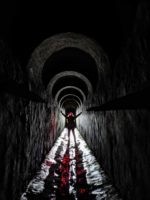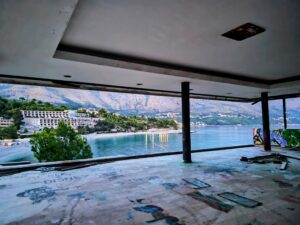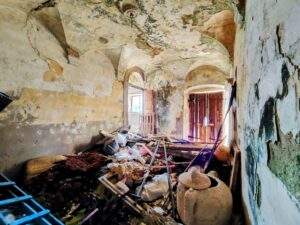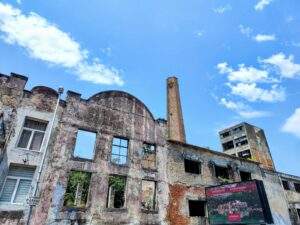Abandoned Montenegro: Yugoslavia’s Submarine Tunnels | Urbex
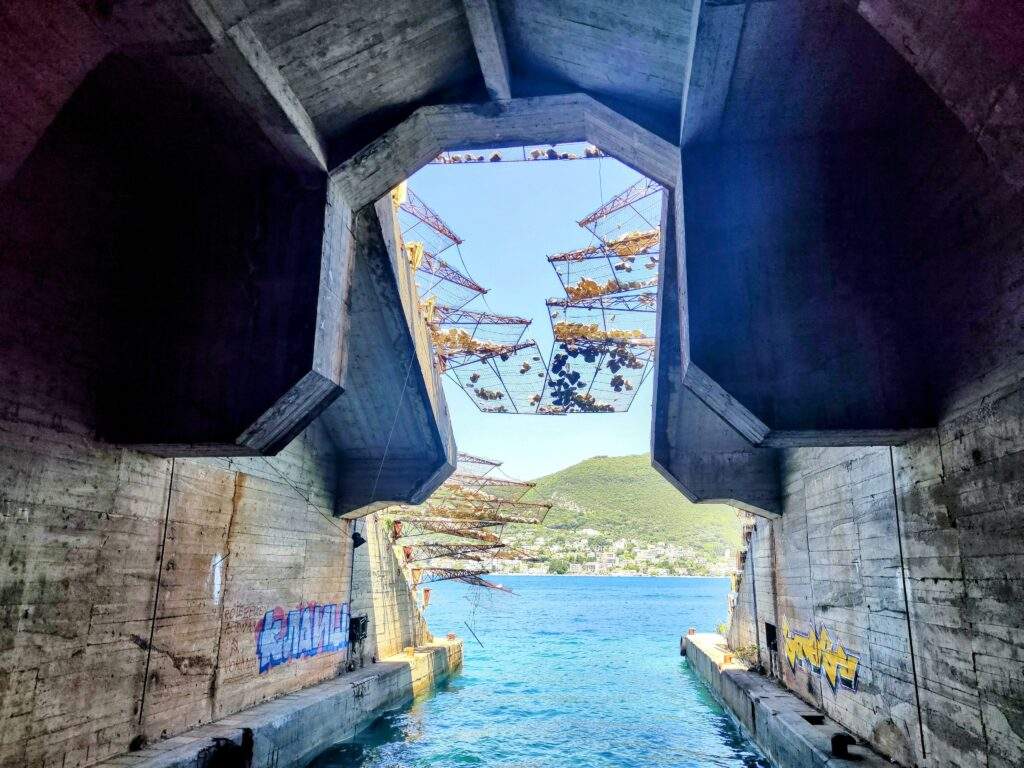
A number of abandoned tunnels line the Bay of Kotor in Montenegro. During the Cold War they offered a hiding place and shelter for Yugoslav submarines. The bay provides a natural shelter from the elements and is deep enough for submarine operation, making it the perfect spot for such tunnels.
The largest tunnel is built near the beautiful and historic town of Rose located on the Bay. Montenegro’s appeal as a tourist destination has increased over recent years and a popular way to see the country is to take a boat trip around the Bay of Kotor. The old Yugoslavia Submarine Tunnels are a popular spot for these boats to stop.
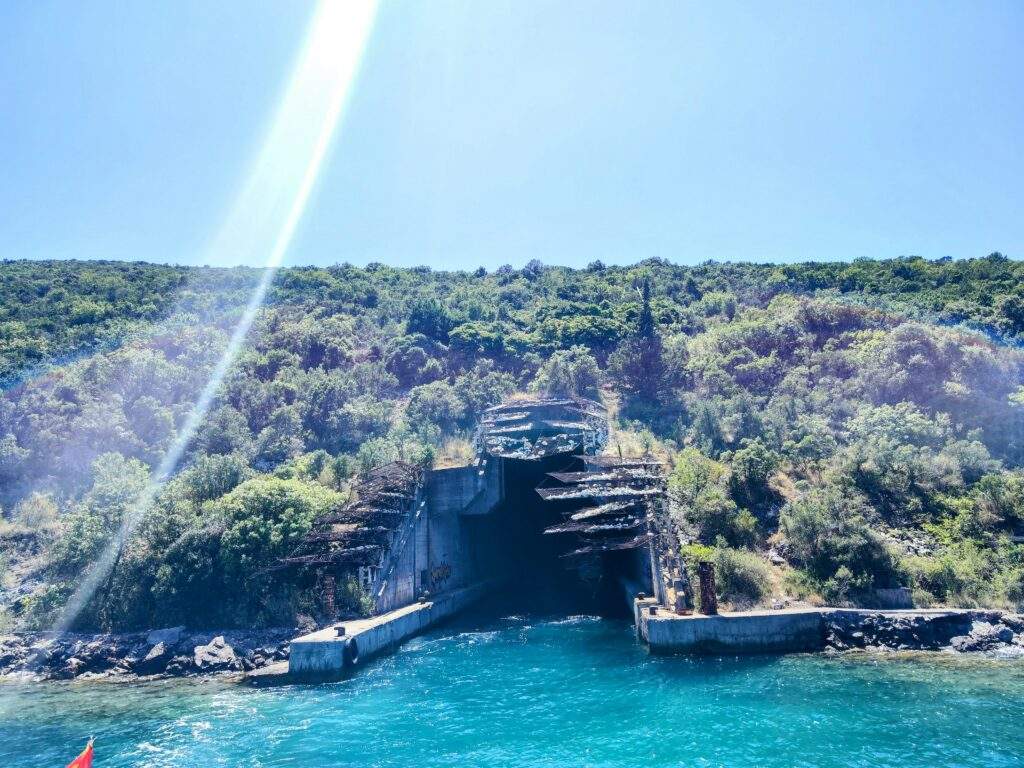

There is not a lot of information about these secretive tunnels. Construction began during the Cold War in the 1950s as part of Yugoslavia’s naval strategy. The submarines and torpedo boats would wait inside the hidden tunnels for the enemy to come closer, allowing them to attack with the element of surprise. They were well hidden with fake polystyrene “rocks” scattered in the hillside to camouflage them with the surrounding countryside. The metal gates to cover up the entrances even had rocks and fake foliage attached to make the tunnels seamlessly blend into the Bay. The tunnels also provided shelter from enemy aircraft.
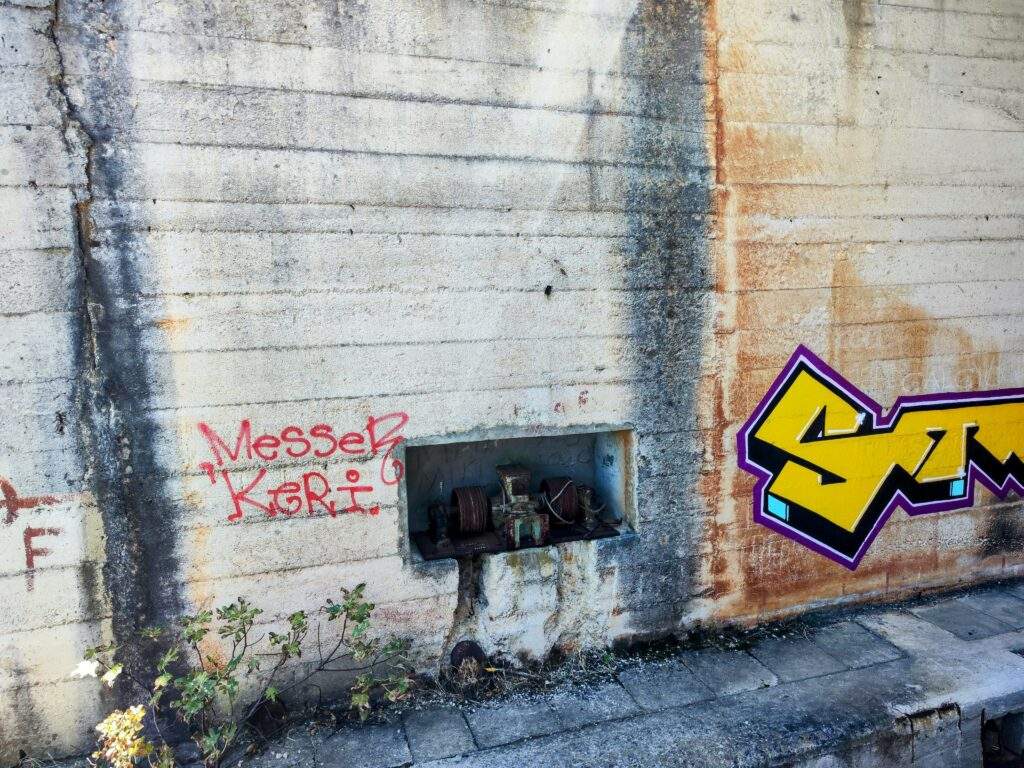

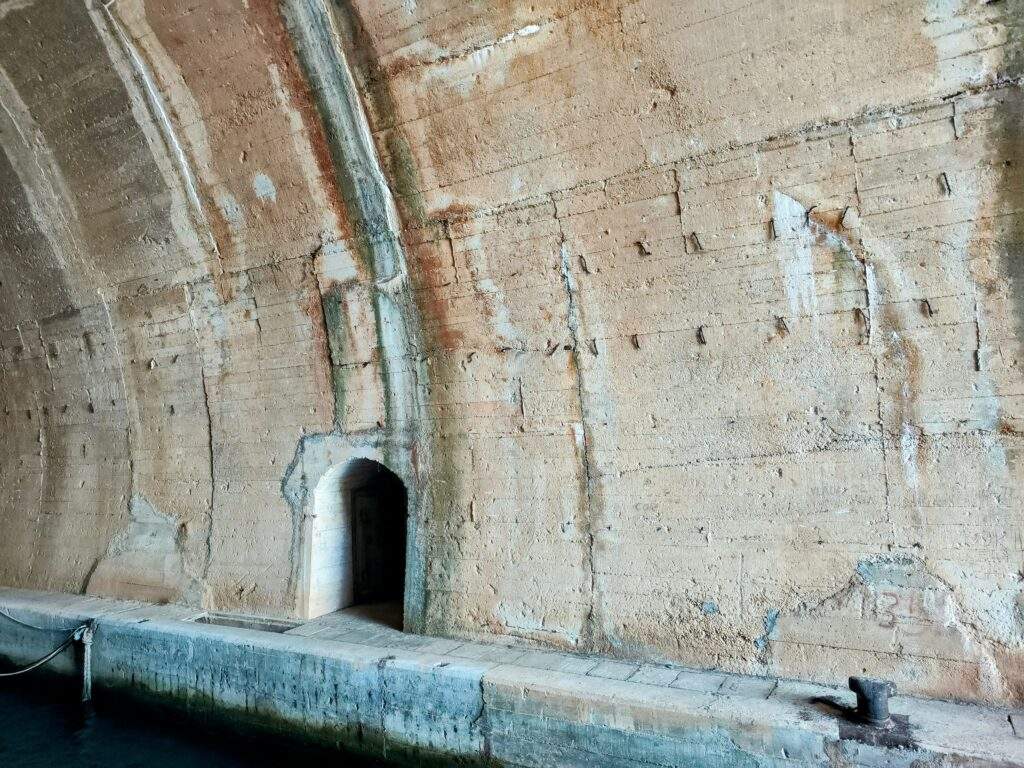
Facilities to service and stock the submarines were also built into the hillside, including generators, fuel tanks and torpedo stockpiles.
Yugoslavia had 13 submarines designed to use in the Adriatic and Mediterranean Seas. Yugoslavia also had a number of “wet subs” used by the Special Forces. The tunnels were designed to be used as part of the Warsaw Pact and to be used by pact members such as Russia. With a depth of 10m and length of 100m, the tunnels are not big enough for modern submarines, so were probably abandoned before the end of the Warsaw Pact.
Last Updated on 20 January 2025 by Michael

